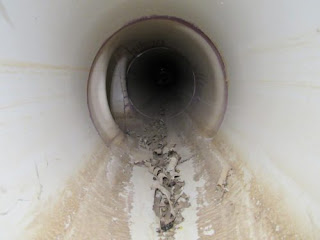How Often Do I Change My Furnace Filter?

As you discovered, a clean furnace filter makes a big difference in air quality. What’s more, the fresher the filter, the more efficiently your HVAC system runs, resulting in lower energy bills. Filters are designed to trap dust and airborne particles as air is drawn through the filter and into the furnace system. For the best filter to use or a vent cleaning package see our website. www.royalairductcleaning.com The general rule is to change a furnace filter—usually located behind a return-air vent or in a slot on the furnace itself—at least once every month it may need to be cleaned or replaced. In some houses, the filter will last 90 days. Depending on your lifestyle and the type of furnace filter you choose, you may want to swap it out more often. Several factors should be considered when deciding how often to change a furnace filter, and many filter manufacturers recommend how often their product should be replaced. Look for clues that it’s time for a new filter.



